Can you weld rebar? The various kinds of weldable and non-weldable rebar, as well as the techniques applied during the welding process, will be covered in this article in great detail. We also discuss the rebar welding process errors to stay clear of. Continue reading.
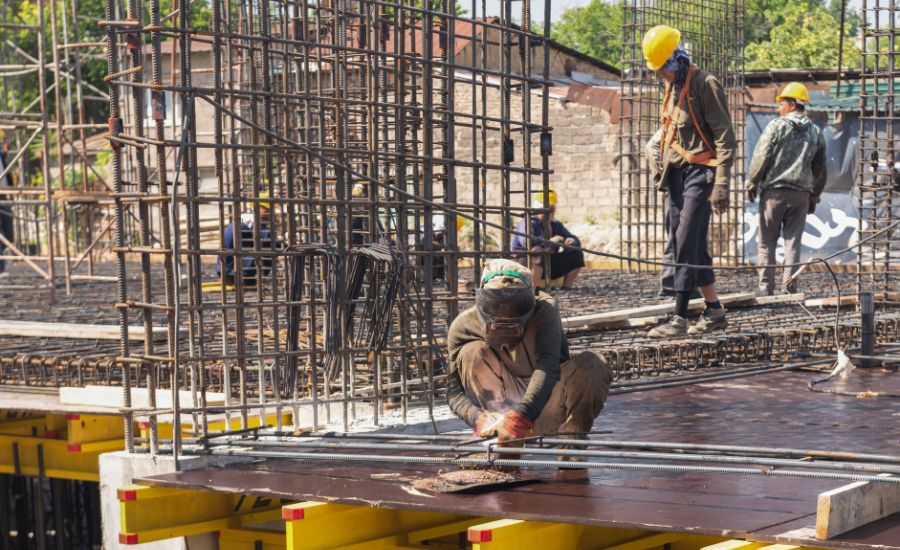
Contents
What is rebar?
Reinforcement steel or reinforcement bar is another term for rebar. Concrete’s structural and tensile strength is enhanced by the introduction of reinforcement steel bars. Rebar renders concrete strong and long-lasting enough to be employed in the construction of large buildings by making up for the reality that it is fragile under tension.
More tensile loads can be carried by reinforced concrete, which can also endure the typical strain that buildings experience.
Steel is the only metal used in rebar because it almost has the same thermal expansion coefficient as concrete, which considerably lowers the likelihood of breaking.
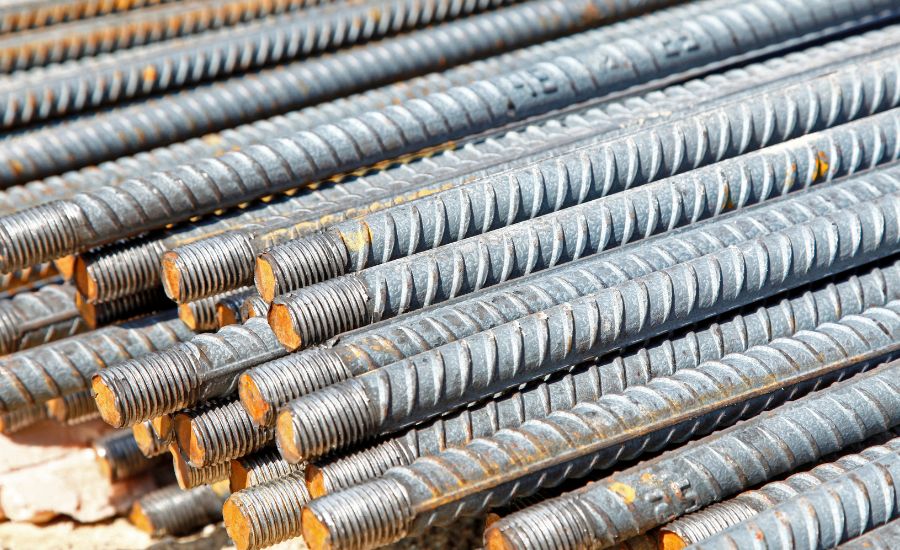
Why rebar is important in construction?
Because rebar and concrete have roughly the same thermal expansion coefficient, their rates of expansion and contraction are comparable. To create the foundations of homes and commercial structures, concrete is one of the most often utilized materials in the construction sector.
Construction workers make walls, pillars, piers, floor slabs, foundations, and many more structures out of various types of concrete.
Concrete is an essential component in the construction of practically every building, as can be seen by looking more closely at one. Not all of that work is being done by concrete, though. If you were to construct by just using concrete because it is susceptible to cracking, there’s a likelihood of collapse.
Although it is fragile under tension, concrete becomes powerful when compressed. As a result, we must figure out how to make concrete with more tensile strength so that it would be more dependable and long-lasting.
Everyone would prefer not to witness the collapse of their newly constructed building or construction project.
What then is the answer? It is a rebar. The tensile strength of the concrete is significantly increased by adding mild steel rebar as concrete reinforcement. Rebar cages, mats, and frames are placed directly on top of the wet concrete. The welded rebar is cemented into place as the concrete dries and becomes harder.
As a result, rebar-equipped concrete structures have significantly higher tensile strength. The concrete building being built will determine the rebar’s design. To accommodate this, posts, walls, and floors have unique rebar designs, which are often created by engineers.
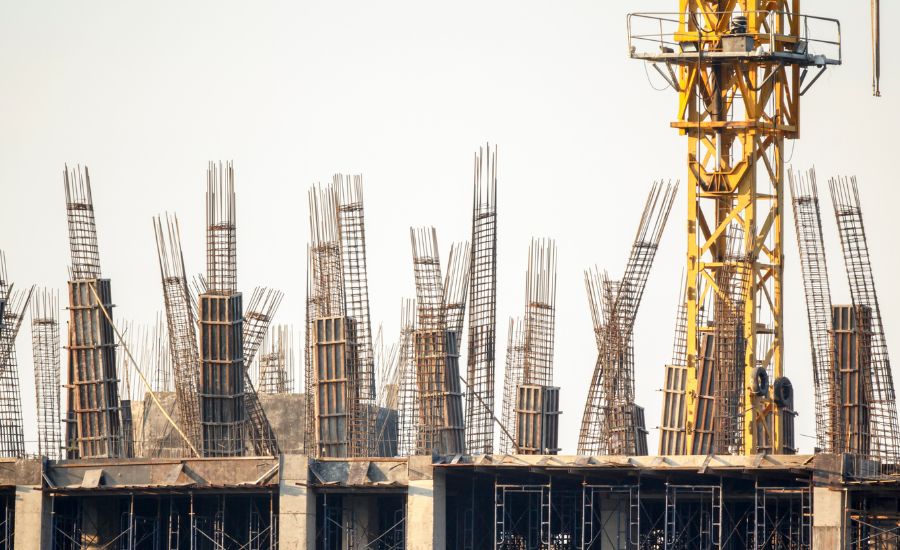
What type of rebar can you weld?
Until the concrete has been mixed and hardened, all of the rebars must be connected and tied together using a different type of fastener since some rebar grades cannot be welded. We’ll go over which kinds of rebar can be welded and which can’t in more detail in the following section.
Weldable rebar
Low-alloy steel rebar can be welded according to the structural welding code AWS D1.4. This rebar grade is appropriate for welding because of its steel-to-carbon ratio. In addition to being appropriate for welding, after it has been cemented in concrete, the welds can continue to hold together under heavy strain.
This is the only rebar that can be welded without any additional precautions being considered.
Non-weldable rebar
The ability of steel to be welded is dependent upon its chemical makeup. High carbon content steel is more fragile and less appropriate for welding. When subjected to the strain of welding, this kind of steel is more vulnerable to splitting. As a result, welding is not a good fit for steel alloys with a significant level of strength.
How to weld rebar?
Rebar will offer you a sturdy and firm structural connection once you’ve welded it, making rebar mats and cages simpler to transport and ensuring that the welded rebar provides strength to the concrete as it should.
Welding rebar is often considered unneeded and even challenging.
Yet, it is one of the most efficient and useful techniques to guarantee that welded rebar stays in the proper place and fulfills its intended function of strengthening the concrete. Rebar can be welded if all applicable standards and proper methods of welding rebar are applied.
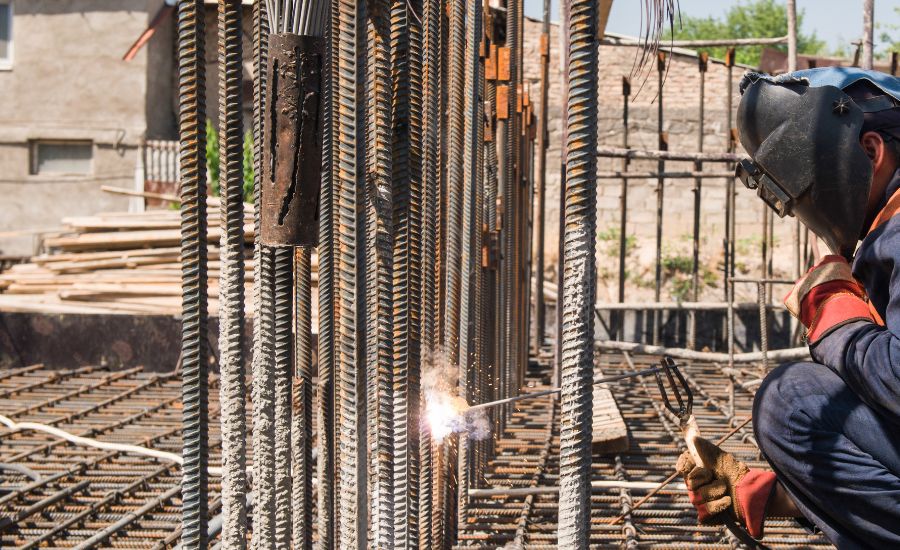
Choosing the appropriate welding rebar
The next step is to choose the right kind of rebar for welding after understanding the distinction between weldable and non-weldable rebar. There are several steel rebar options available.
Mild steel bars
Mild steel bars have a smooth surface and circular shape. Size ranges from 6mm to 50mm for mild steel bars. The majority of the time, unique projects have used mild steel bars. In general, it has been utilized for expansion joints, column spirals, roads, runways, or where it has to slide into a metal sleeve. Mild steel bars are simple to bend and may be cut safely.
Deformed steel bars
The distorted surface of deformed steel bars, which typically have ribs or lugs, makes them easier to identify. Deformed steel bars are significantly less difficult to transport than regular steel bars because of their distinct surface texture, which prevents them from sliding about as much.
Deformed steel bars also improve the connection between concrete and steel due to their course and irregular surface, which also reduces the number of fractures that can occur around steel used to reinforce concrete.
Thermo mechanically treated bars
To give the concrete more strength, Thermo mechanically treated bars have undergone heat treatment. They are easier to bend, and weld, and are more flexible.
Several other kinds of rebar exist but are less frequently employed. Epoxy-coated rebar, carbon steel rebar, stainless steel rebar, and galvanized rebar are examples. The best and most expensive is stainless steel rebar. Welding is possible on stainless steel rebars due to their carbon content of 0.8%.
Keep in mind that the type of rebar to use depends on the application, as indicated by a building engineer.
Establish the preheat temperature
The preheat temperature must be chosen once you have chosen the appropriate kind of rebar. The size and carbon equivalent both affect how important preheating is. In addition to knowing the steel’s carbon equivalent, you must ascertain its weldability.
The demand for preheating increases as a result, and vice versa. With high carbon equivalent rebar, for example, the preheat temperature can range from 100 to 500°F.
Ask your supplier for a mill certificate to find out how much carbon is in the rebar you wish to use. With the information, you can quickly decide whether or not your rebar has to be preheated.
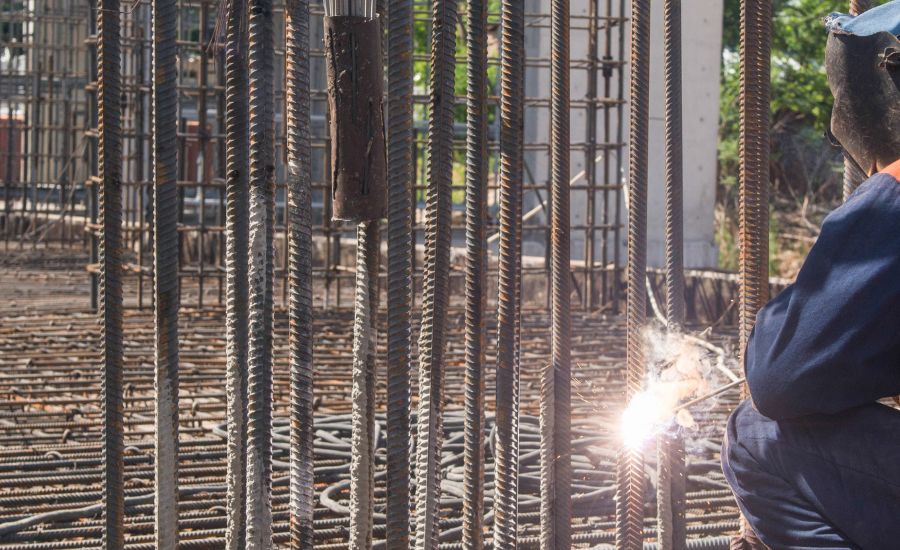
Choose the appropriate filler or welding rod
Most of the time, your welding process determines the kind of filler you should use to weld rebar. Rebars can be joined together using three different welding methods: Shielded Metal Arc Welding, Gas Metal Arc Welding, and Flux Core Arc Welding.
You have a choice between the Shielded Metal Arc Welding and GMAW processes if you wish to use the A615 grade 60 rebar.
So, the choice of filler relies on the welding procedure you want to use.
You can weld rebar using the following types of joint welds:
- Lap Joints. Lap joints are similar to butt joints, but with the edges of the two rebar segments overlapping rather than being butted together.
- Butt Joints. Butt joints correspond to other Butt welded joints in steel rebar. The two rebar segments are welded after being butted together.
- Splices. Also known as lap joints, splices are a highly effective way to weld rebar.
Is welding rebar safe?
Rebar can usually be welded safely. Nonetheless, because welding may be a dangerous procedure, it is crucial to make sure that it is done appropriately and with the proper safety measures in place.
While welding, protective gear like gloves, helmets, and fire-resistant apparel must always be worn. To further verify that the procedure is accomplished properly, it is crucial to review the recommended guidelines for the exact type of rebar being welded.
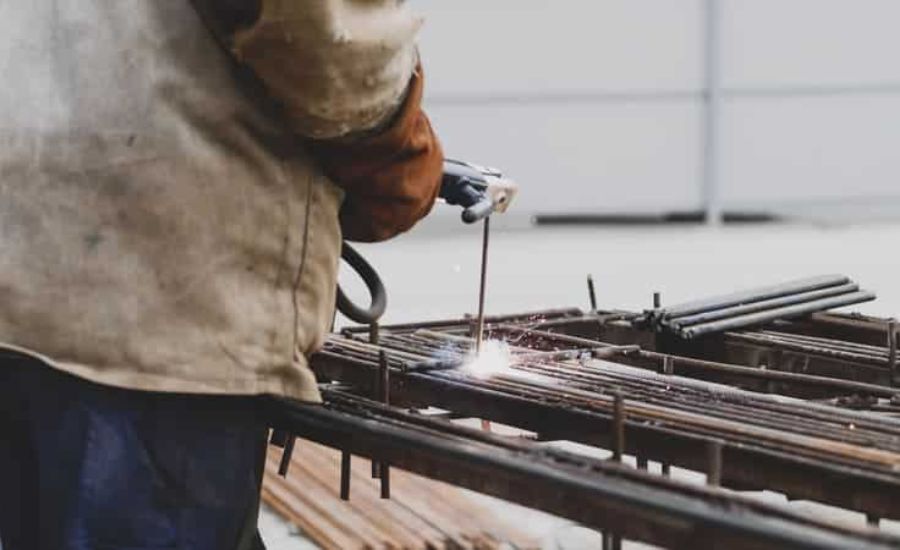
FAQ
Why should rebar not be welded?
Rebars are not welded since doing so would generate pressure spots where the concrete could crack. This is because the final component will experience distinct rates of expansion and contraction for the rebar and concrete.
Is welding rebar hard?
Numerous individuals find it challenging or impossible to weld rebar. Nevertheless, this is not the case. As long as certain guidelines and conventions are adhered to, it is permissible and necessary.
Can rebar be welded instead of tied?
The question of whether you should be tying or welding rebar may not be the first thing that springs to mind when you have a construction process ahead of you. Yet it’s a crucial component of the project that affects the strength of the structure, the convenience of pouring, the caliber of the rebar utilized, and the production rate.
Rebar can indeed be welded rather than tied. Rebar can be joined together with two other segments of rebar by welding, which can create a solid, long-lasting bond.
Let’s look into both possibilities and talk about the areas where each one excels. The first distinction between tying and welding rebar is determining what is specified in the construction documents. If an architect has concluded that the rebar should be connected with a particular method, it is always better to follow his directions.
Recall that he may have used a specific type of affixing because of how it would integrate with the entire structure, not just the setup. Here are the distinctions if it’s subject to interpretation or if you’re working on a little construction task at home.
Tying rebar
Rebar is now typically secured together by tying, which is a widespread practice. Why? To prevent future structural problems, it keeps the rebar cool. It gives the slab and the rebar some flexibility to move separately up to a point without resulting in splitting in the final result.
Rebar is connected manually when welding is not an option. It’s beneficial because intricate cages as well as other components may be constructed right on the job site. The mass of solid concrete that has formed around the rebar after it has been poured and allowed to cure holds the seams together.
Rebar of any particular sort need only be purchased if specified in the specifications, and it’s much easier to assemble on the construction site provided you are equipped with the necessary tools.
Welding rebar
Rebar can be welded only if it can be done safely and effectively, thus this is the main question you need to ask yourself. As rebar’s metallurgical quality isn’t as tightly regulated, the typical rebar you buy from the store isn’t of a high enough standard to weld properly. Rebar intended for welding is typically designated with a “W.”
Knowing the variations between tying and rebar welding gives you a fantastic opportunity to put what you’ve learned to use at your subsequent job site or home remodeling project.
Can you weld grade 40 rebar?
Rebar made of low alloy steel can be welded. This will be steel rebar in grades 40 and 60 of the A706 standard. Rebar with a substantial amount of carbon, such as A615 steel, cannot be welded because it is fragile and can break under the force of the welding process.
Conclusion
You can now choose the appropriate type of weldable rebar for your construction work after reading the complete article and learning how to weld rebar. Several advantages come from welding rebar. Delivering a strong, stable, and structurally sound bond is made easier by this.
It is an expertise that may be picked up quite quickly and offers an excellent method to supplement your income. Its solid bond helps to facilitate transportation while also strengthening the structural concrete. You must keep in mind, nevertheless, that not all welds are appropriate for use with rebar.
Furthermore, Rebar welding is perceived by many to be a difficult technique that is unaccepted by the majority of the public. However, in practice, rebar welding is one of the most remarkable and efficient techniques to ensure that the rebar steel can serve its job as effectively as possible.


